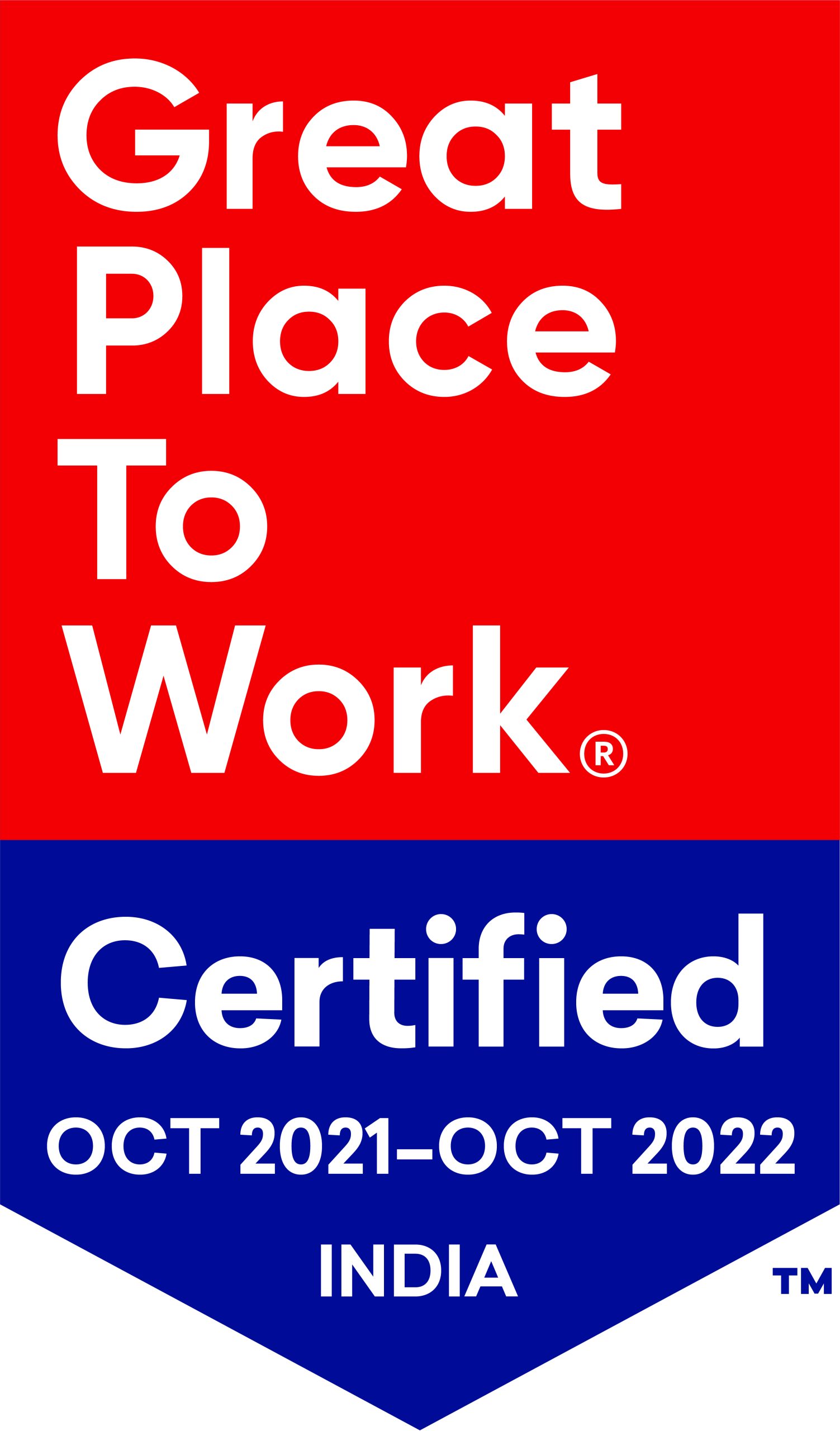Marking a decade of free antiretroviral treatment (ART) in India
New Delhi: More than 300 stakeholders from government, affected communities, media, international agencies, and civil society came together today to mark the completion of 10 years of free antiretroviral treatment (ART) in India. The event – Treatment@10 – was organised by the National Coalition of People Living with HIV in India (NCPI+), in collaboration with the Department of AIDS Control, India HIV/AIDS Alliance, PHFI, UNAIDS, USAID and UNDP, to celebrate the ten-year journey that has transformed the lives of people living with HIV (PLHIV) and their families.
The first HIV case in India was detected in 1986. An estimated 2.1 million Indians are now living with the virus. The first effective ART regimens were announced in 1996. Even as the medicines became available in India, they remained unaffordable to most people who needed them. People sold their property and assets to buy the drugs, but few could afford life-long treatment. Mona Balani a woman living with HIV recalls, “Back in 2002, we were either thrown out or denied treatment at government and private hospitals, and we got no support from our families.”
On 1 April 2004, in response to years of advocacy by PLHIV leaders like Ashok Pillai and Rajeshwari, the Government of India began a free ART programme at eight centres in six high-prevalence states that has now grown to a network of 1,251 ART and Link ART centres across India. Today, free ART is accessed by over 768,000 PLHIV at these centres. Kanjibhai B Gadhia, a farmer from Amreli district of Gujarat who has been on ART for the past 10 years says, “ARV is my partner for life and I can never give it up.” His story resonates with the almost eight lakh PLHIV on treatment in India. This 10-year milestone has been made possible by the joint efforts of India’s committed PLHIV community, the Department of AIDS Control, bilateral & multilateral donors, and many civil society stakeholders at every level.
While reflecting on progress, the Treatment@10 conference also deliberated on the urgent need to define a clear roadmap to ensure further necessary scale-up of treatment, care & support services for PLHIV in India based on the model of partnership that has defined India’s ambitious and innovative model.
Manoj Pardesi, General Secretary, NCPI+, reminded participants, “While the past decade has seen commendable strides in accessibility to AIDS treatment in India, there is still a long way to go. Many people living with the virus are yet to be enrolled in HIV care. PLHIV need routine and uninterrupted access to CD4 testing to ensure timely initiation of ART and regular monitoring. There is an urgent need to scale up viral load testing, enhance accessibility to second- and third-line treatment regimens, and increase availability of pediatric formulations. We’re committed working with the Department of AIDS Control and other stakeholders to put 10 lakhs PLHIV on treatment by the end of 2015.”
Sonal Mehta, Director of Programmes, India HIV/AIDS Alliance, added, “Discrimination and stigma continue to be a daily part of the lives of too many PLHIV. India’s treatment programme is an example to the world of what can be achieved through committed collaboration. We have learned much in the past decade, and we need to continue to build on this strong foundation. Free ART, coupled with the care & support services provided through the growing network of Vihaan centres, will ensure the vitality and good health of India’s PLHIV community and their families for years to come.”
Other Recent Articles
- Yoga for Wellness: Supporting People Living with HIV & NCDs 25 June, 2025
- The Unsung Heroes of HIV Care: Outreach Workers under the Vihaan Programme 8 May, 2025
- Men’s Mental Health Matters in HIV Care 1 April, 2025
- Transforming Lives through Health Interventions: My Visit to Narmadapuram Prison 11 July, 2024
- HIV and Ageing: Understanding the Unique Needs of Older Adults 20 May, 2024
- Youth Voices: Life with HIV in Contemporary India 26 September, 2023
- Empowering Transgender Community to create an Equal World 20 July, 2023
- Combating Stigma and Discrimination Among People Living with HIV 7 July, 2023
- Understanding the Significance of HIV Testing: Impact on Individuals, Relationships, and Society 22 June, 2023
- Empowering Lives during Unrest l Our Commitment to Manipur 5 June, 2023
- Made by Nicdark - Copyright 2020
- donations@ong.com
- volunteers@ong.com
- contact@ong.com
India HIV/AIDS Alliance (Alliance India)
A not-for-profit Section 8 Company with Registration No: U85310DL1999NPL098570
Contact
-
6, Community Centre
Zamrudpur Kailash Colony Extension
New Delhi – 110048 - +91-11-4536-7700
Download
©2021 All Rights Reserved by Alliance India


